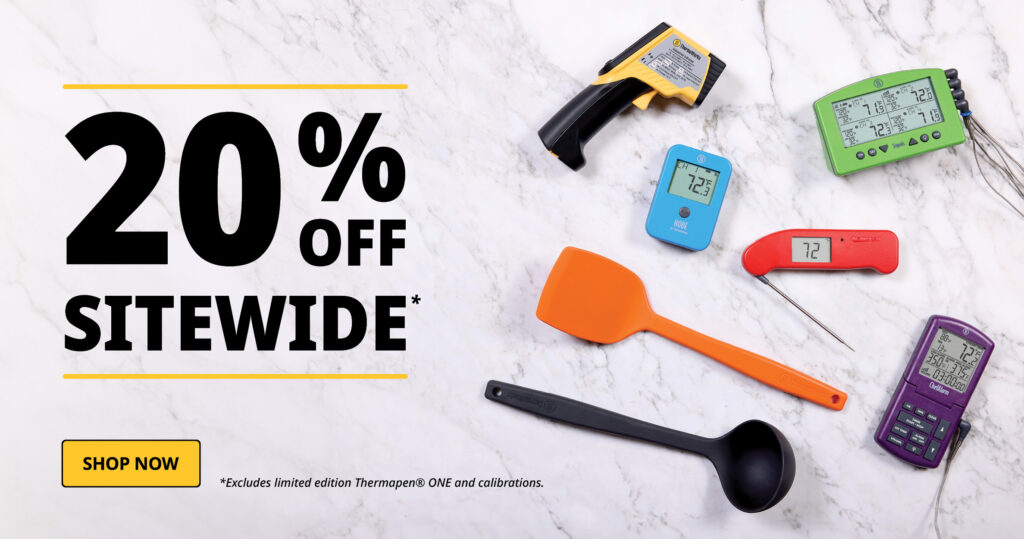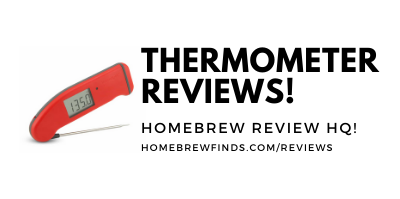
Hands on Review: Thermapen ONE Thermometer!
The Thermapen is a thermocouple thermometer produced by ETI, Ltd and sold by ThermoWorks. It’s used by restaurants, home cooks, homebrewers, grillers, bbq-ers and more
Updated: 2/24/2024
Limited Time DEAL:
For a short time, Thermoworks is discounting nearly everything sitewide by 20%. Discount is automatically applied at checkout.
This includes the great Thermapen ONE thermometer!
Check Current Price, Models & Availability:
My Thermapen ONE Review is hosted on my BBQ site BBQ Finds – it covers use for homebrewing and more.
More Homebrew Finds!
- Last 50 Finds!
- Top Deals – a curated list of the best deals
- Homebrew Reviews – one of the largest libraries of homebrew reviews in existence!
- Our Top Posts – tips, how-tos, resources posts and more
- Let’s be Friends!
Special thanks to ThermoWorks for providing the units used for evaluation in this review.
This post may contain affiliate links. We may make a commission when you use our links. This will never cost you extra. Thank you for supporting Homebrew Finds!
Make sure the components you use are compatible and rated for your intended application. Contact manufacturer with questions about suitability or a specific application. Always read and follow manufacturer directions. 8.1.22 tag:lnksfxd review:tpone tag:tpr tag:watch





